Is Yunnan Baoshan coffee variety small grain coffee? How much is Nanbaoshan coffee per jin?
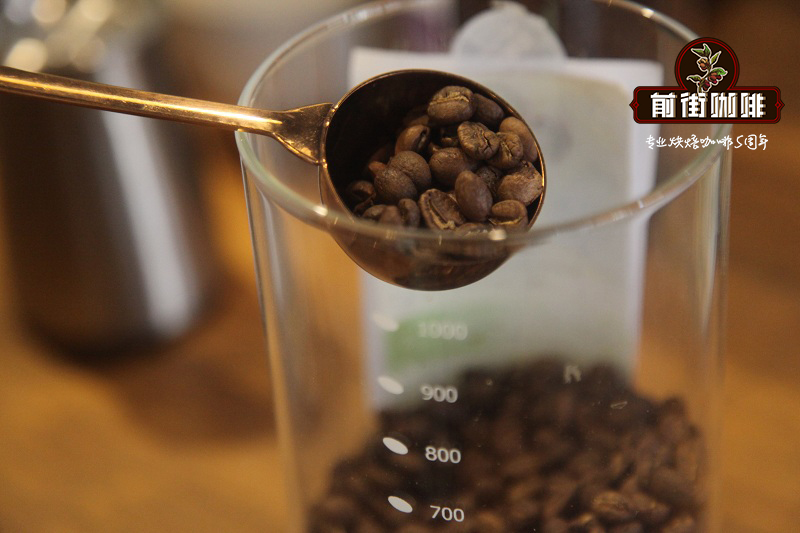
Professional coffee knowledge exchange more coffee bean information please follow the coffee workshop (Wechat official account cafe_style)
Yunnan small-grain coffee, Rubiaceae, coffee genus, the planting area is mainly distributed in Lincang, Baoshan, Simao, Xishuangbanna, Dehong and other states. Baoshan small grain coffee is native to Ethiopia or Arabian Peninsula.
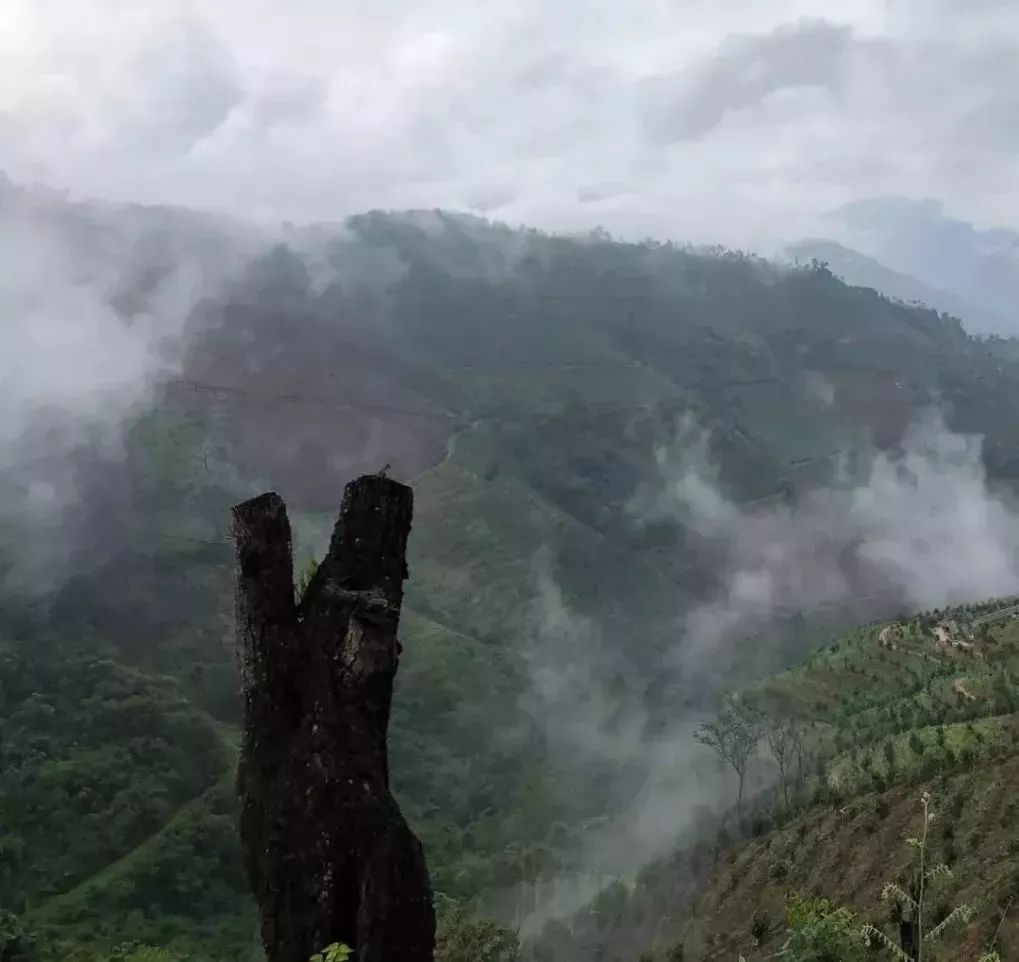
Main producing area
Small-grain coffee is suitable for growing in the mountains at an altitude of 800 to 1800 meters. If the altitude is too high, it will taste sour, and if it is too low, it will taste bitter. Small grains of coffee are mostly planted in dry and hot valleys about 1100 meters above sea level, so they are moderately sour, rich and mellow. There is a unique environment suitable for the growth of small seed coffee in many areas of Yunnan, and the quality of small seed coffee is excellent.
The planting areas are mainly distributed in Lincang, Baoshan, Simao, Xishuangbanna, Dehong and other states. The average temperature of Baoshan is 21.5℃, and the highest is 40.4℃, which is basically frost-free all the year round. It is recognized as the best producing area of small-grain coffee. The small-grain coffee cultivated here is famous at home and abroad for its strong but not bitter, fragrant but not strong, well-proportioned small noodles, mellow and fruity. International Coffee Organization tasting experts rate Baoshan Coffee as the highest quality coffee in the world, such as Colombian wet-processed small-grain coffee.
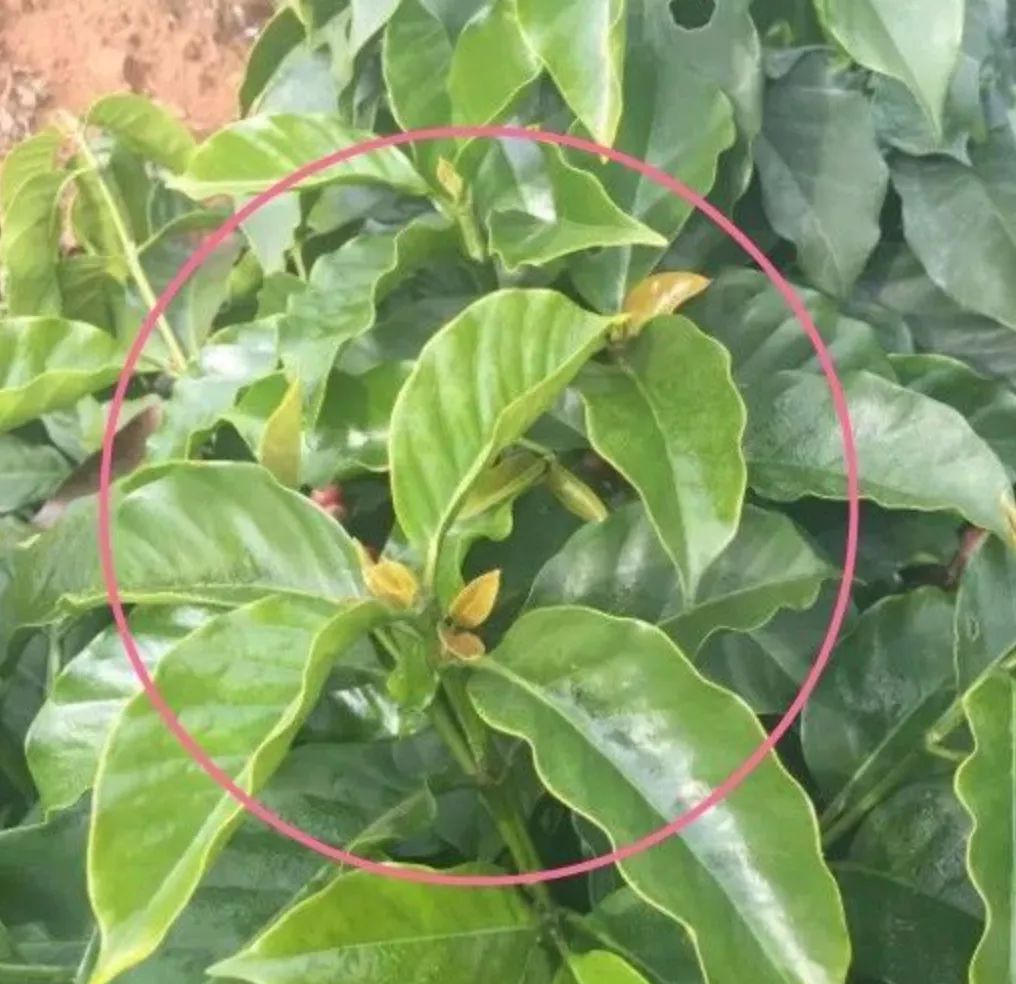
Variety
It seems that there are not many people to publish authoritative reports on the varieties of coffee beans in Yunnan, and I also believe that coffee farmers do not necessarily know, and the processing plants do not care, so it is relatively weak to catch up with the smallest varieties (at least I do not know). Therefore, it can only be divided from the large branches, and it is also the most common division, not to mention the species of Robusta. From the point of view of the same category, the altitude of Baoshan coffee is mostly of Arabica. The reason is very simple. The environment above sea level is suitable for growing Arabica. Although chlorogenic acid has less disease resistance and poor disease resistance, altitude gives it living space, so there is no need to plant chlorogenic acid with strong disease resistance and bitter Robusta, and Arabica's price is better. On the other hand, there are more varieties of Arabica in Yunnan than in bourbon, so if someone says that it is Arabica in Yunnan, it is actually about 80%, that is to say, Arabica. On the other hand, the branch further down the third floor is less mentioned. Some people say that part of it is Catimor Katim, which is a hybrid of Arabica and Robusta; the better is Caturra Kaddura, which is a mixture of Rabica and Bourbon, and there is usually Kaduai where there is Kaddura.
In fact, most of the categories of Baoshan coffee in Yunnan are still Katim, and the tin card also exists, but it is still dominated by Katim.

Typica: the oldest native variety in Ethiopia and southeastern Sudan. All Arabikas are derived from Tibika. The flavor is elegant, but the physique is weak, the disease resistance is poor, the fruit yield is less. Excellent manor beans such as the Blue Mountains of Jamaica, Manning of Sumatra and Kona of Hawaii all belong to Tibika. Tiebika top leaf is red copper, called red top coffee, Tibika belongs to Arabica.
Catimor: in 1959, the Portuguese mixed Brazilian Kaddura and Timo to develop a disease-resistant Katim / Katimo, which is now an important variety of commercial beans.
Baoshan Coffee growing period
Baoshan coffee 3-year-old 4-year-old fruit tree.
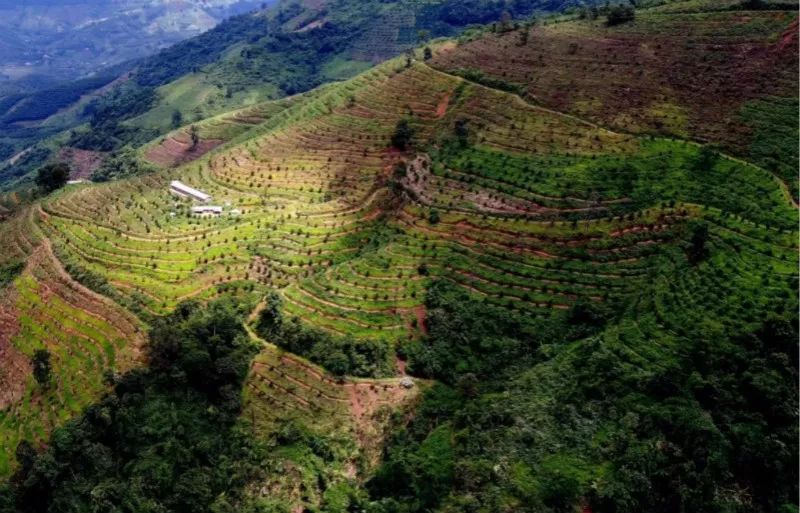
Coffee is a short-day plant. Coffee has the characteristics of multiple flowering and concentrated florescence. The florescence of small seed coffee in Yunnan is from February to July, and the flowering period is from March to May. The flowering of coffee is greatly affected by climate, especially rainfall and temperature. Coffee flowers have a short life span of only 2-3 days. Baoshan coffee is usually opened at 3: 5 in the morning and in full bloom from 5 to 7 o'clock in the morning.
The development time of coffee fruit is longer. It takes 8 to 10 months for the fruit of Baoshan coffee to mature, usually from October to December of the same year. Rainfall has a great influence on fruit development, and climatic conditions directly affect fruit development.

The new leaves at the tips of the branches and leaves above are copper, which is Tiebika growing coffee trees. Tibica is an old variety of Arabica species. It is also known as Kona Hawaii and the Blue Mountains of Jamaica. In the vast expanse of Katim, it is easy to recognize. After careful observation, you will find that each species has its own appearance, Katim's leaves are hanging down, the tree shape seems to be wearing a cloak. Tiebika, on the other hand, has upward branches and new leaves on the top of the tree.
Along the way, most of the varieties planted in Yunnan are Katim, which is a hybrid of Kaddura and Robusta, a branch of the bourbon line in the Arabica species. The reason for planting this variety is that Katim has the Robusta gene, so it is better than a single old variety in disease resistance, and the yield is good. Compared with the delicate old variety, the disease resistance is poor and the yield is low. Farmers naturally prefer to plant Katim. So now there has been a Katim wind in Yunnan.
Katim beans are round and thick, Tibika is thin and long, and Katim's central line is messy. Under the same conditions, Tiebika's quality is better than Katim's, and the price is also on the high side.
[Qianjie Coffee recommended hand-flushing parameters]
Filter cup selection: V60 filter cup, kalita fan and cake cup are available.
V60 as a demonstration
Parameters: 15g powder, water temperature 90 degrees
Grinding 4, the ratio of water to powder is close to 1:15, and the total time is about 2:00.

Technique: 25-30g water steaming, the steaming time is 30s, the first stage water injection to 120g water cut off, vertical flow, small flow slowly circle; the second stage water injection to 225g, the flow and circle speed is slightly faster, reducing the powder clogging the filter cup, resulting in excessive extraction.

Other extraction suggestions:
Normal pressure: 3.5-4 degree of grinding / water temperature 90 degrees
Siphon: 4 degree of grinding, water temperature: 89 degrees
Philharmonic pressure, 2.5 degree of grinding, water temperature 88 degrees

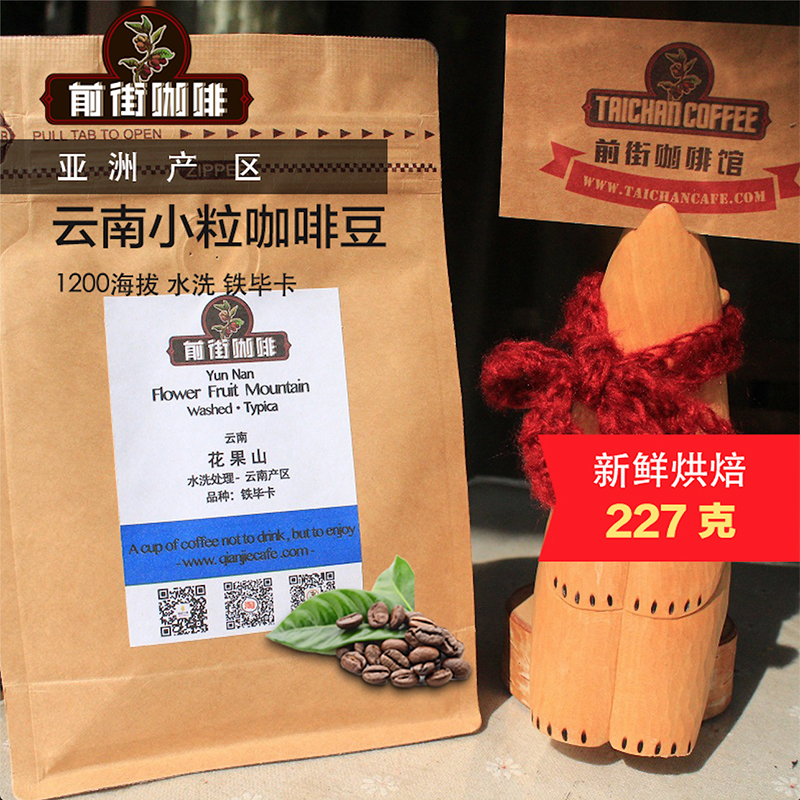
Purchase link: https://item.taobao.com/item.htm?spm=a1z10.1-c-s.w4004-15673140431.22.6c322b277A0MdG&id=535615170690
Important Notice :
前街咖啡 FrontStreet Coffee has moved to new addredd:
FrontStreet Coffee Address: 315,Donghua East Road,GuangZhou
Tel:020 38364473
- Prev

Yunnan Baoshan coffee what brand recommend Baoshan coffee how to brew good?
Professional coffee knowledge exchange more coffee bean information Please pay attention to the coffee workshop (Wechat official account cafe_style) Yunnan coffee production accounts for 1% of the global coffee. Yunnan small grain coffee was introduced by missionaries a hundred years ago. Yunnan small grain coffee is produced in 71 countries in the world, of which 5% is of good quality. Yunnan Baoshan small grain coffee is planted between 1000 and 1500 meters above sea level, and the climatic conditions are very good.
- Next
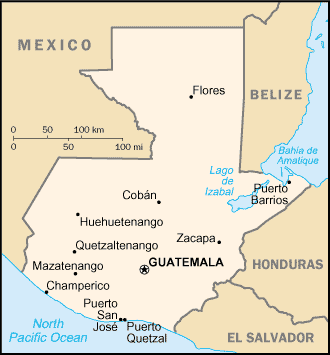
Exquisite single work representative of Vivette Nango of COE Miracle Villa in Guatemala
GUATEMALA MILAVALLE LA DEMOCRACIA [Guatemala Miracle Villa Green Vina] Origin: Guatemala Vivetnam Fruit Bean seed: Bourbon / Kaduai / Kaddura Manor: miracle Villa altitude: 1500 meters treatment: washing picking treatment time: 2017 baking degree: moderate baking [Miracle Villa] Manor founder BenjaminMinchoVil
Related
- Detailed explanation of Jadeite planting Land in Panamanian Jadeite Manor introduction to the grading system of Jadeite competitive bidding, Red bid, Green bid and Rose Summer
- Story of Coffee planting in Brenka region of Costa Rica Stonehenge Manor anaerobic heavy honey treatment of flavor mouth
- What's on the barrel of Blue Mountain Coffee beans?
- Can American coffee also pull flowers? How to use hot American style to pull out a good-looking pattern?
- Can you make a cold extract with coffee beans? What is the right proportion for cold-extracted coffee formula?
- Indonesian PWN Gold Mandrine Coffee Origin Features Flavor How to Chong? Mandolin coffee is American.
- A brief introduction to the flavor characteristics of Brazilian yellow bourbon coffee beans
- What is the effect of different water quality on the flavor of cold-extracted coffee? What kind of water is best for brewing coffee?
- Why do you think of Rose Summer whenever you mention Panamanian coffee?
- Introduction to the characteristics of authentic blue mountain coffee bean producing areas? What is the CIB Coffee Authority in Jamaica?

